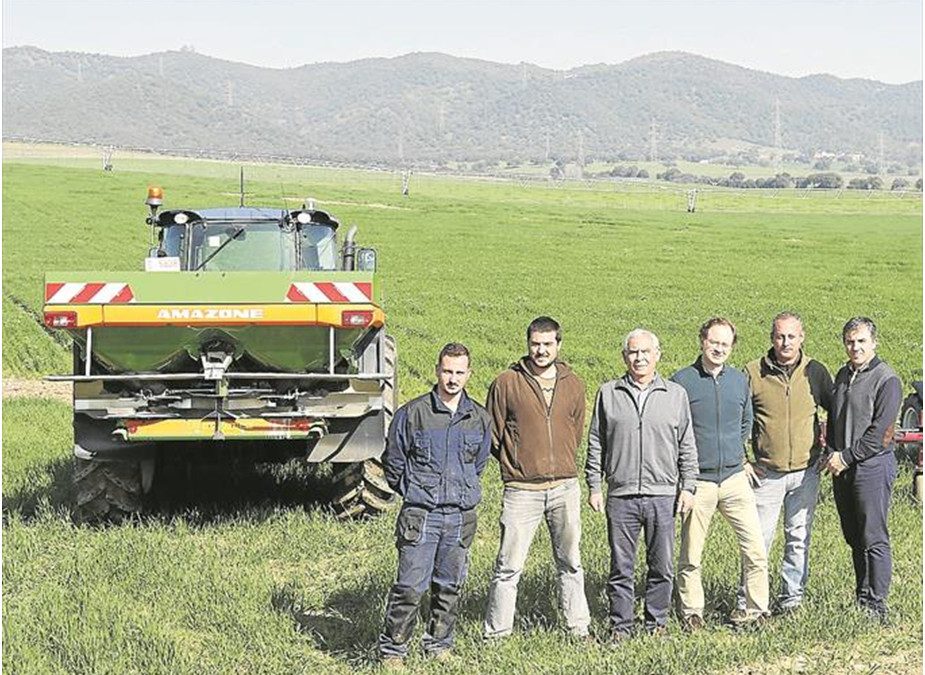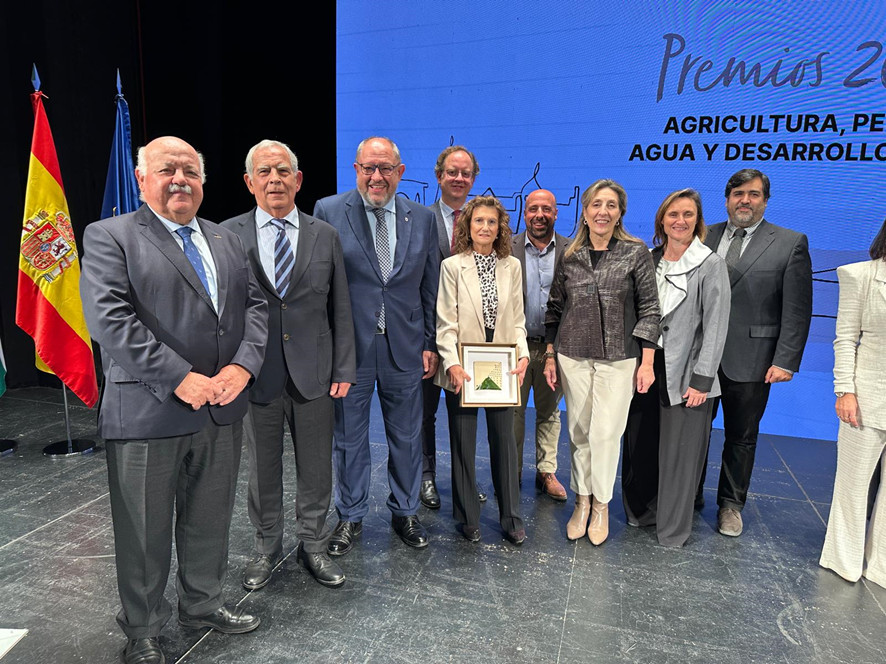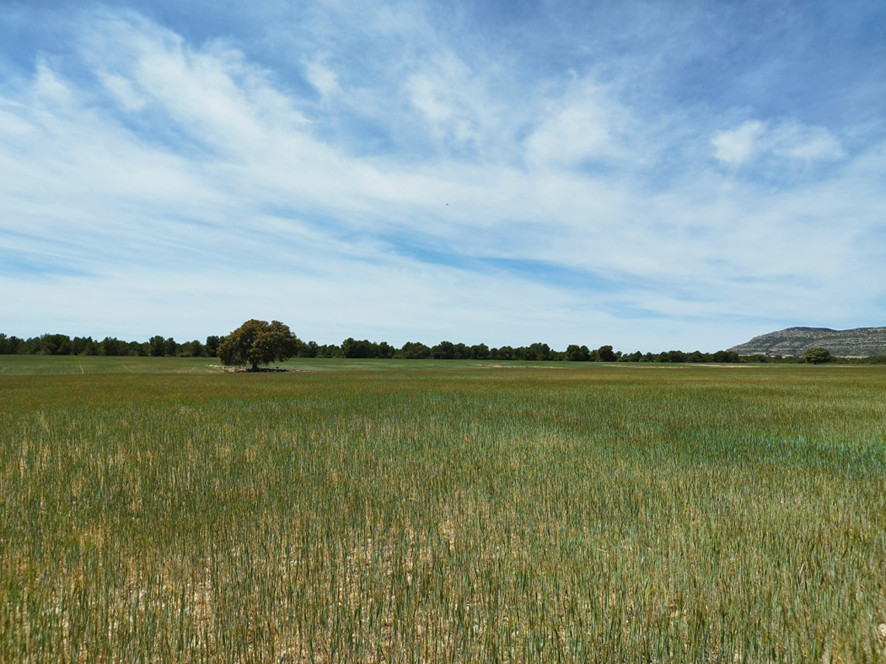New formulas to sequester CO2

Monitoring carbon in the soil, central aspect of the life Agromitiga project
2020-02-26
The LIFE Agromitiga project studies how to calculate the carbon footprint of agricultural production and the capacity of Conservation Agriculture to reduce it
2020-03-10New formulas to sequester CO2
The Spanish Association of Conservation Agriculture, set up in Córdoba, develops the Life AGROMITIGA project in the interest of the farmer.
Part of the work team of the LIFE Agromitiga project in the experimental farm "Rabanales", one of the locations where this initiative is being developed.
In agricultural ecosystems, one of the most relevant natural resources to fight climate change is soil, thanks to its potential to sequester CO2 from the atmosphere. Not surprisingly, the soil, with three times more carbon than the atmosphere, is recognized as the second store of this element on the planet after the oceans, as well as being one of the most important components of the biosphere. Some new agricultural practices, such as so-called conservation agriculture, increase the carbon sink effect of the soil, making it an effective tool to mitigate climate change.
Therefore, the Spanish Association of Conservation Agriculture Living Soils (AEACSV), located in Cordoba,"Alameda del Obispo"which is a part of the Andalusian Institute of Agricultural Research and Training (IFAPA), in collaboration with the Higher Technical School of Agricultural Engineering (Etsiam) of the University of Cordoba, Ifapa itself, the Ministry of Agriculture, Livestock, Fisheries and Sustainable Development, ASAJA Seville and the European Federation of Conservation Agriculture, are currently developing the LIFE Agromitiga project “Development of climate change mitigation strategies through smart carbon agriculture”. This project, which has EU funds, was launched last year and until 2022 wants to highlight the mitigation capacity of conservation agriculture, compared to management practices based on traditional land tillage.
Conservation agriculture is based on three basic principles such as no-tillage, leaving groundcovers using plant remains on at least 30% of soil surface and crop rotation. Its proven effectiveness in sequestering carbon in the soil and reducing greenhouse gas emissions make it one of the best practices to mitigate climate change.
In this framework, no-tillage is the most representative agronomic practice of Conservation Agriculture, which is based on non-disturbance of the soil while the sowing is done using machinery enabled to sow on the plant remains of the previous crop, without the application of mechanical forces to the soil.
This project wants to provide the farmer with tools which would help them quantify the amount of carbon sequestered by the management system used on their farm, maintaining productivity, using Conservation Agriculture.
Moreover, some of the objectives of this project are to determine soil carbon content, and to develop a technological tool that allows evaluating and quantifying the increase in carbon using better soil management practices, "that serves as basis for the development and monitoring of policies related to climate change and emissions trading.
For such a purpose, and among other actions, an App needs to be developed which would allow, using mobile devices, to quantify the soil carbon content, and establish a network of demonstration farms in which carbon would be monitored and its increase would be verified using these practices in herbaceous and woody crops. Likewise, the project includes dissemination and training activities focused on publicizing the results, increasing the awareness of the main agents in the sector in relation to climate change, "as well as teaching technicians and farmers about best management practices used in this Agromitiga », claims Gil Ribes.
Among the expected results, the participants in this project want to achieve an increase in soil carbon content by 8% in those farms managed under Conservation Agriculture. They also want to reach the 20% reduction in greenhouse gas emissions on these farms, and the provision of documentation that identifies measures to be adopted in the European, national and regional agricultural sector that reinforce policies related to climate change mitigation.
Source: Diario Córdoba
This post is also available in: Español (Spanish)




